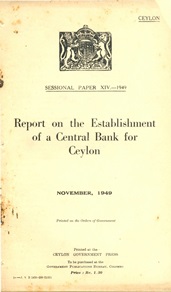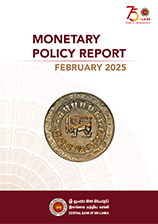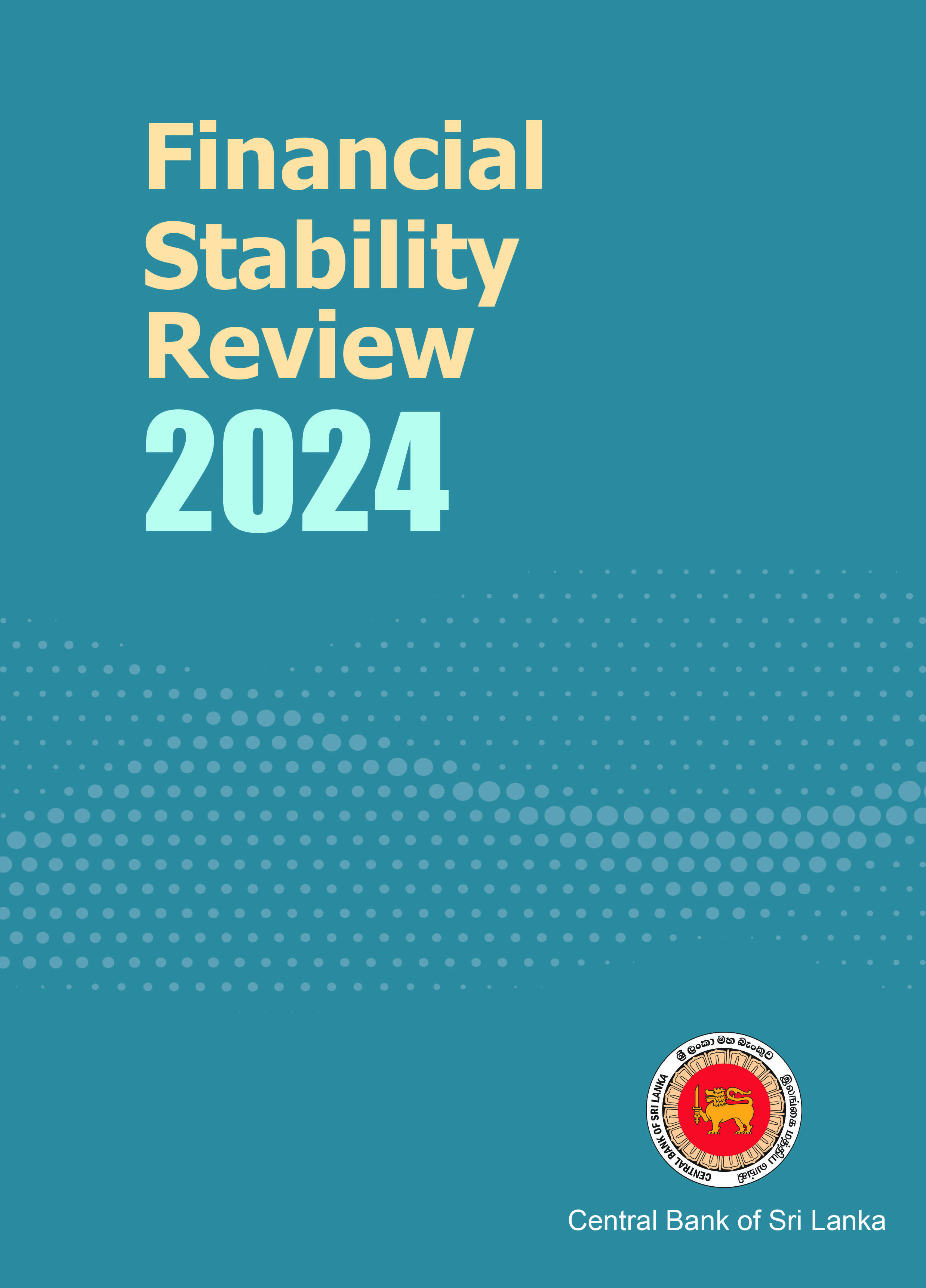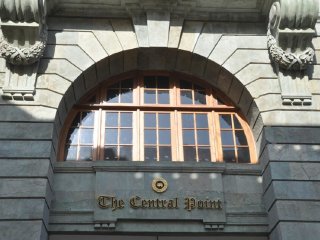Sri Lanka’s external sector showed a mixed performance in the month of December 2015 with a widened trade deficit, continued high growth in tourist earnings and moderate workers’ remittances. On a cumulative basis, the trade deficit widened marginally during 2015, while earnings from tourism increased significantly. Meanwhile, workers’ remittances recorded a marginal decline in 2015. The major source of inflows to the financial account of the BOP during 2015 were the issuance of two international sovereign bonds and swap arrangement of the Reserve Bank of India.
-
External Sector Performance - December 2015
-
Sri Lanka Purchasing Managers’ Index - November 2018
The slowdown observed in manufacturing activities in November was mainly driven by the slowdown in new orders and production, especially in manufacturing of textiles, wearing apparels, leather and related activities. However, new orders and production in the manufacturing of food and beverages activities has improved with the Christmas season demand. Employment remains unchanged during the period due to the difficulties in recruiting additional employees, especially in manufacturing of furniture activities.
-
Central Bank of Sri Lanka hold its 11th International Research Conference
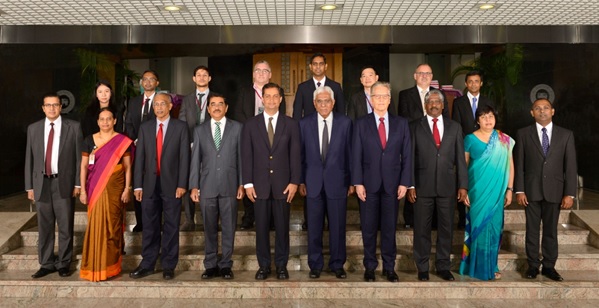 The Central Bank of Sri Lanka held its 11th International Research Conference on 07 December 2018 at the John Exter International Conference Hall. This conference is held annually, with the objective of promoting theoretical and empirical research in fields related to contemporary macroeconomic policy, providing an opportunity for researchers from diverse backgrounds to share their findings and experiences. This year’s conference was held under the theme of “Inflation Targeting and Central Bank Independence, Accountability and Transparency”.
The Central Bank of Sri Lanka held its 11th International Research Conference on 07 December 2018 at the John Exter International Conference Hall. This conference is held annually, with the objective of promoting theoretical and empirical research in fields related to contemporary macroeconomic policy, providing an opportunity for researchers from diverse backgrounds to share their findings and experiences. This year’s conference was held under the theme of “Inflation Targeting and Central Bank Independence, Accountability and Transparency”. -
Compensation Payments to the Depositors of The Standard Credit and Finance Ltd. under Sri Lanka Deposit Insurance and Liquidity Support Scheme
The license issued to The Standard Credit and Finance Ltd.(TSCFL) to carry on finance business has been cancelled with effect from 25.07.2018 in terms of the provisions of the Finance Business Act No. 42 of 2011.
The Central Bank of Sri Lanka has taken steps to pay compensation under the Sri Lanka Deposit Insurance and Liquidity Support Scheme to the depositors of The Standard Credit and Finance Ltd. Compensation payments will be made in line with the provisions of Sri Lanka Deposit Insurance Regulations. Instructions on the application criteria will be notified through the print and social media.
The depositors of the Standard Credit and Finance Ltd. are hereby informed to submit duly completed claim forms along with the required documentation to the Resolution and Enforcement Department of the Central Bank of Sri Lanka once the notification is issued in the press and social media in due course.
-
54th SEACEN Governors’ Conference / High-Level Seminar and the 38th Meeting of the SEACEN Board of Governors
The Central Bank of Sri Lanka hosted the 54th SEACEN Governors’ Conference / High-Level Seminar and the 38th Meeting of the SEACEN Board of Governors in Colombo from 29 November to 02 December 2018. These events were attended by Governors and delegates of SEACEN member Central Banks and Monetary Authorities. The Deputy Managing Director of the International Monetary Fund (IMF), Mr. Mitsuhiro Furusawa, attended the Conference as the Keynote Speaker.
The SEACEN Centre plays a leading role in promoting greater understanding in financial, monetary and banking matters in the Asia-Pacific region. Established in 1982, The SEACEN Centre serves central banks and monetary authorities in Asia-Pacific through learning programmes, research work, and networking.
-
CBSL Disputes the Rating Agencies’ Latest Rating Decisions
The Central Bank of Sri Lanka (CBSL) is of the view that the decisions by Fitch Ratings on 3 December 2018 and Standard and Poor’s (S&P Global Ratings) on 4 December 2018 to downgrade Sri Lanka's Long-Term Rating from ‘B+’ (Stable) to ‘B’ (Stable) are based on uncorroborated facts on the country’s macroeconomic fundamentals.
-
Inflation in February 2016
Inflation, as measured by the change in the National Consumer Price Index (NCPI) (2013=100), which is compiled by the Department of Census and Statistics, increased to 1.7 per cent in February 2016 from -0.7 per cent in January 2016, on year-on-year basis. The main contributor towards the increase in year-on-year inflation was the Non-food category, with substantial increases observed in Alcoholic Beverages and Tobacco; Clothing and Footwear; Furnishing, Household Equipment and Routine Household Maintenance; Heath; Transport and Miscellaneous Goods and Services sub categories, which surpassed the overall price decline observed in the food category in the NCPI.
The change in the NCPI measured on an annual average basis decreased to 2.6 per cent in February 2016 from 2.9 per cent recorded in January 2016.
-
External Sector Performance - September 2018
Sri Lanka’s external sector came under pressure in September 2018. The widening deficit in the trade account and the strengthening of the US dollar, which resulted in outflows of portfolio investments, adversely impacted the balance of payments during the month. Despite earnings from exports which surpassed US dollars 1 billion for the fourth consecutive month, higher growth in import expenditure outpaced the increase in export earnings. In the financial account, foreign investments in the government securities market recorded outflows responding to the firming up of global financial markets. Meanwhile, the Colombo Stock Exchange (CSE) also witnessed some outflows of foreign investments during September.
-
A Commemorative Coin to Mark the 75th Anniversary of Sri Lanka Signal Corps
The Central Bank of Sri Lanka (CBSL) issued a circulation standard commemorative coin with the face value of Rs. 10 to mark the 75th Anniversary of Sri Lanka Signal Corps and to give due recognition for its service to the country over a period of 75 years. The first coin was officially presented to the Hon. Prime Minister and Minister of Finance & Economic Affairs, Mahinda Rajapaksa by Dr. Indrajit Coomaraswamy, Governor of CBSL on 27 November 2018.
The coin will be issued into circulation through licensed commercial banks and can be used for payments along with existing other currency notes and coins in circulation.
-
Issuance of a New Circulation Standard Coin Series
The Central Bank of Sri Lanka (CBSL) issued a new series of circulation coins with face value of Rs.10, Rs.5, Rs.2 and Re.1 with objectives of reducing the cost of coins minting, increasing the durability of coins, giving more portability and identifying easily by visually impaired people. The first coins pack was officially presented to the Hon. Prime Minister and Minister of Finance and Economic Affairs, Mahinda Rajapakse by Dr. Indrajit Coomaraswamy, Governor of CBSL on 27 November 2018.
The coins will be issued into circulation from 03 December 2018 through licensed commercial banks. These new coins are circulated along with the existing coins of the same denominations issued earlier.







